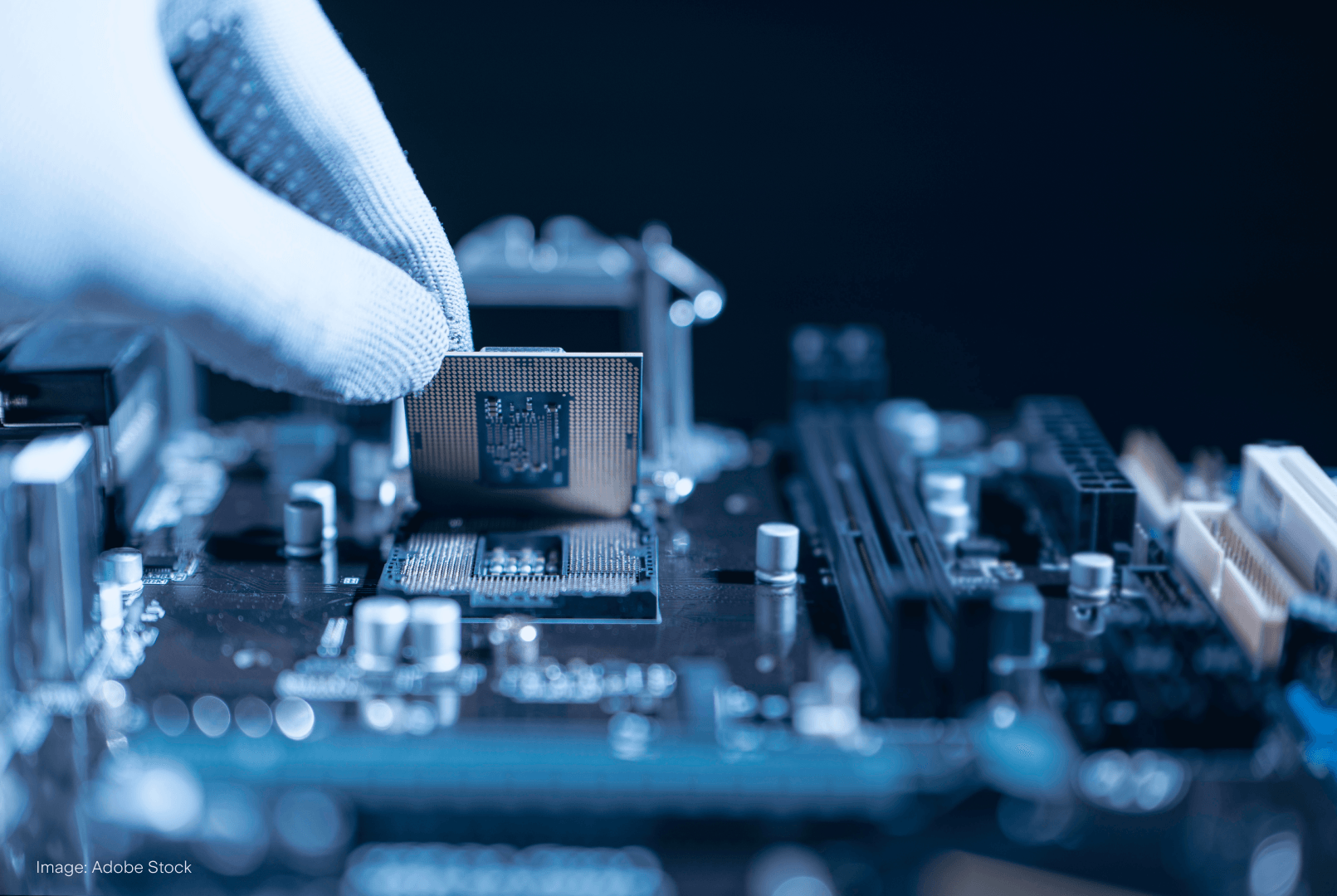.png&w=3840&q=100)
Under the Spotlight Wall St: Micron Technology (MU)
Micron Technology is one of the world’s largest chip makers, focusing on memory and storage. Let’s put it Under the Spotlight.
.png&w=3840&q=100)
Micron Technology ($MU) investors heard a fittingly memorable promise from the memory chip maker last week: a ‘substantial revenue record’ in FY25 from the AI boom.
Micron’s alphabet soup of memory products – like DRAM, NAND and HBM – are vital to the AI industry’s computing power requirements. As AI models get bigger and need continuous training, memory products allow faster processing speeds, reduced energy use and physical space savings.
Growing demand from AI and data centres marks the latest boom cycle for a company started in an Idaho dental office in 1978. Memory chip prices have gone through booms and busts over the decades, leaving Micron as one of the few western survivors after exits by players like Intel ($INTC).
.png&w=3840&q=100)
Committed to memory
The AI boom has stoked excitement about high bandwidth memory (HBM) within data centre servers. Micron is intent on grabbing its share of the market from rivals like South Korea’s SK Hynix and Samsung.
HBM works by vertically stacking dynamic random access memory (DRAM) chips, which are connected using what are known as through-silicon vias. This means a shorter path between memory storage, which translates to faster data transfer.
So how popular is Micron’s HBM offering? It’s sold out for 2024 and 2025. DRAM and NAND industry bit demand is forecast to increase in the mid-teen percentage range in 2025, mostly from data centres.
The AI tailwinds are reflected in the company’s guidance. Q1 revenue is expected to be between US$8.5b and US8.9b, up from US$7.8b in the fourth quarter of FY24. Micron’s data centre server DRAM achieved a quarterly revenue record in Q4, driven by strong demand for high-end memory and the ramp-up of its HBM offering.
The strong start to FY25 underpins CEO Sanjay Mehrotra’s call for a substantial revenue record and significantly improved profitability. Consensus estimates point to full year revenue of around US$38b, up 50% from US$25.1b in FY24.
.png&w=3840&q=100)
Trading up
It may not be as sexy – or as high growth – as AI or data centres, but the looming upgrade cycle for consumer electronics is another tailwind that may drive record revenues.
The new generation of AI computers require higher capacity memory and storage. Micron expects computer volumes to grow in the low single-digit range this year and then accelerate in the second half of 2025.
Computer makers have unveiled AI-enabled products with 16GB of DRAM for cheaper models and 32GB to 64GB for mid and premium models. That’s up from an average of 12GB last year.
It’s a similar story for smartphones. Micron expects smartphone volumes to grow in the low to mid single-digit range in 2024 and to continue in 2025.
Leading brands like Apple ($AAPL), Samsung and Google ($GOOG) have already unveiled AI-enabled phones. Makers of Android phones have announced plans for models with 12GB to 16GB of DRAM, compared to an average of 8GB for flagship phones last year.
.png&w=3840&q=100)
Capital spending
Micron has big plans to grow its capacity, but it won’t come cheap. Fortunately, the U.S. government’s urgent plans to boost domestic production of key technologies has seen Washington D.C. open its cheque book.
The company has received US$6.1b from the Biden administration and additional state government funding towards a planned US$50b investment in memory manufacturing through 2030. This includes a memory manufacturing fabrication facility – or fab – in Idaho and two memory fabs in New York.
Depending on market conditions, Micron’s long-term plan sees a major R&D manufacturing centre in Idaho and a four-fab memory manufacturing facility in New York. Total potential price tag? US$125b over the next 20 years.
Micron is also expanding globally. There is construction of an assembly and test facility in India and an expansion of operations in the Chinese city of Xi’an. Micro also recently acquired a liquid crystal display factory in Taiwan that will be converted to do DRAM production testing.
Smart chip
Micron’s shares have been riding the AI wave and rallied 49% over the past year. Mehrotra needs to show he can invest capital wisely to not revive bad memories of chip price busts after booms.
This does not constitute financial advice nor a recommendation to invest in the securities listed. The information presented is intended to be of a factual nature only. Past performance is not a reliable indicator of future performance. As always, do your own research and consider seeking financial, legal and taxation advice before investing.
.jpg&w=3840&q=100)
